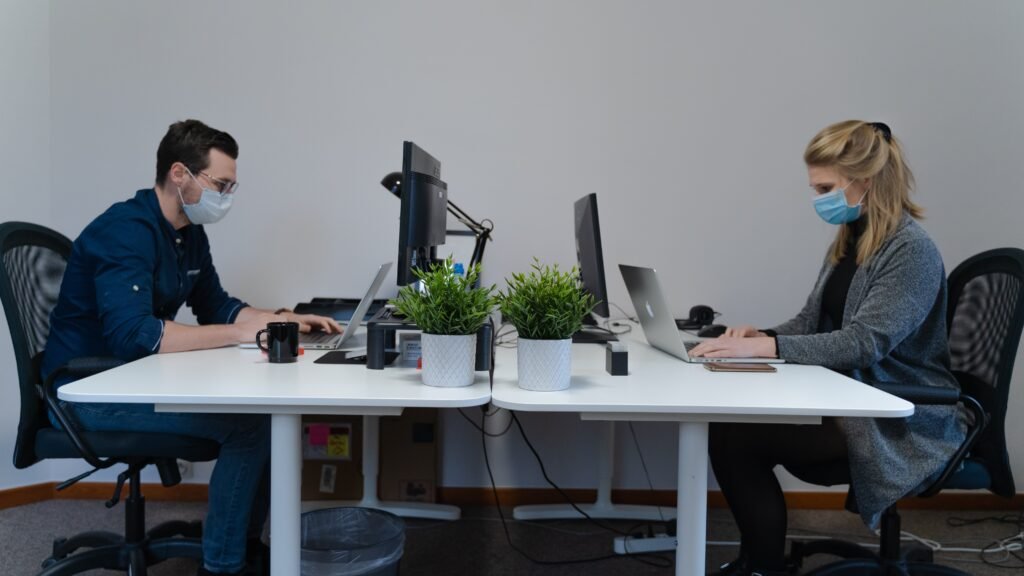
Offices across the world are gradually beginning to resume normal operations. While a few workers – perhaps even a majority – may elect to continue working from home, the rest will be returning to work.
To ensure that this process is as smooth and as safe as possible, it’s worth taking a few simple precautions.
Hygiene
There are few more effective ways of combatting the virus and slowing its spread than with the help of consistent hygiene procedures.
Workers entering the office should wash their hands immediately with soapy water. They might also do this at regular intervals throughout the day. The use of hand-sanitizer and wipes may make this job slightly more convenient; in the latter case, it’ll help to make door handles, elevator buttons and banisters less threatening.
Social Distancing
These two words have become so ingrained into our culture that they scarcely need to be mentioned. Some readers might regard being told to stay away from other people as akin to being told that they need to tie their shoelaces in the morning, or to drive on the appropriate side of the road.
But of course, there will always be some who don’t take social distancing as seriously as others. To maintain a standard across the entire workforce, it’s worth putting into place visual reminders. Signage can increase vigilance, as can tape markings along the floor. One-way systems are a simple and powerful way of preventing employees from having to brush up close to one another.
Managing Numbers
The more people on a site at a given time, broadly speaking, the greater the danger of contagion. Have a risk assessment carried out, and determine what the maximum safe capacity of the building is. This information can then be used to control the number of clients and other outsiders allowed access to the building. Face-to-face contact with clients can be arranged in advance, and drop-in appointments banned altogether.
Testing & Screening
Employees should feel confident enough to ring in sick if they believe that they have the symptoms. This means raised temperatures, persistent coughs, and a loss of smell. Where these symptoms are ignored, the result could be that the virus spreads through the company. Employees might be encourage to monitor their own temperatures. If you have the facility, you might provide temperature testing onsite to ensure that everyone who enters is, at the very least, asymptomatic.



